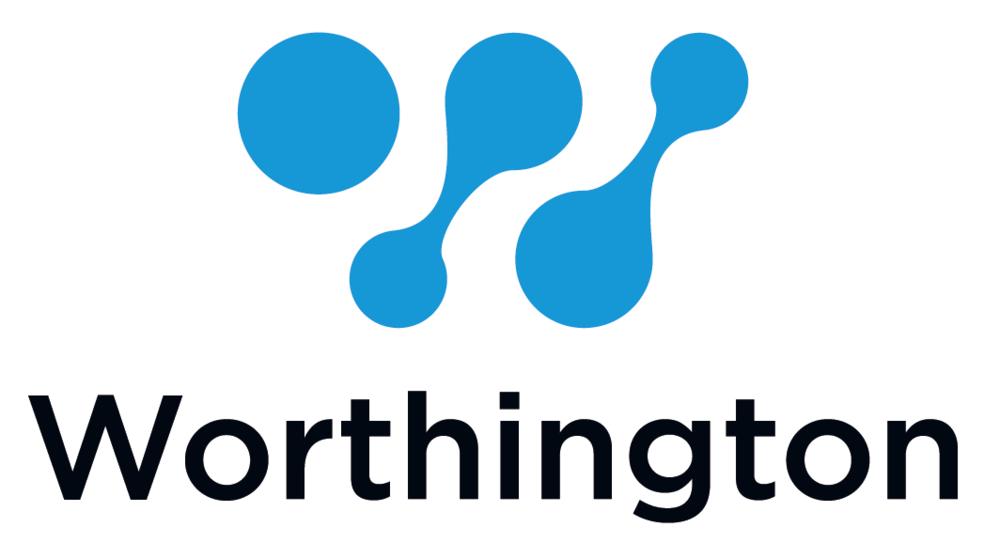3D Printing Technology
Worthington Assembly offers two types of 3D printing technology. FDM (fused deposition modeling) and SLS (stereolithography).
FDM - Fused Deposition Modeling
FDM is the most common and generally most affordable method of 3D printing. These types of printers employ a heated extruder which is fed thermoplastic filament. As the extruder moves back and forth across the build platform it melts the filament and deposits it layer by layer until the print is complete. Since the molten material is pressed against the previous layer, parts printed using FDM usually have a wavy surface. This means that it has the lowest dimensional accuracy and resolution compared to other 3D printing technologies and is generally not suitable for parts with intricate details. In spite of its limitations FDM is an ideal choice for quick, affordable prototypes which would otherwise be difficult to make with traditional manufacturing methods.
For more information about FDM please check out this link.
SLA - Stereolithography
SLA is a highly advanced method of 3D printing which is relatively new to the non-industrial market. This type of printer uses a process called vat polymerization where a liquid thermoset photopolymer resin is selectively cured by an ultraviolet (UV) laser. Each new layer actually forms chemical bonds with the previous layer, so parts printed using SLA are one solid piece as opposed to a stack of fused layers. This allows for highly detailed prints with a smooth surface finish and makes SLA a great choice for very small parts and visual prototypes. There are a variety of different resins available for SLA printing, so it is also an ideal choice for parts requiring specialized material properties like high temperature resistance, flexibility, or transparency.
For more information about SLA please check out this link.


